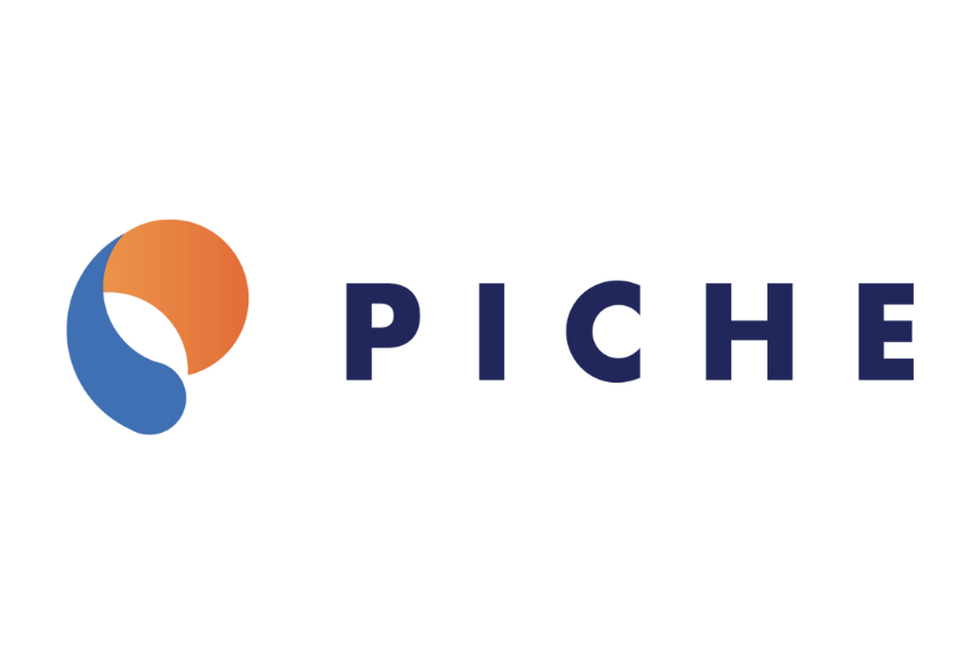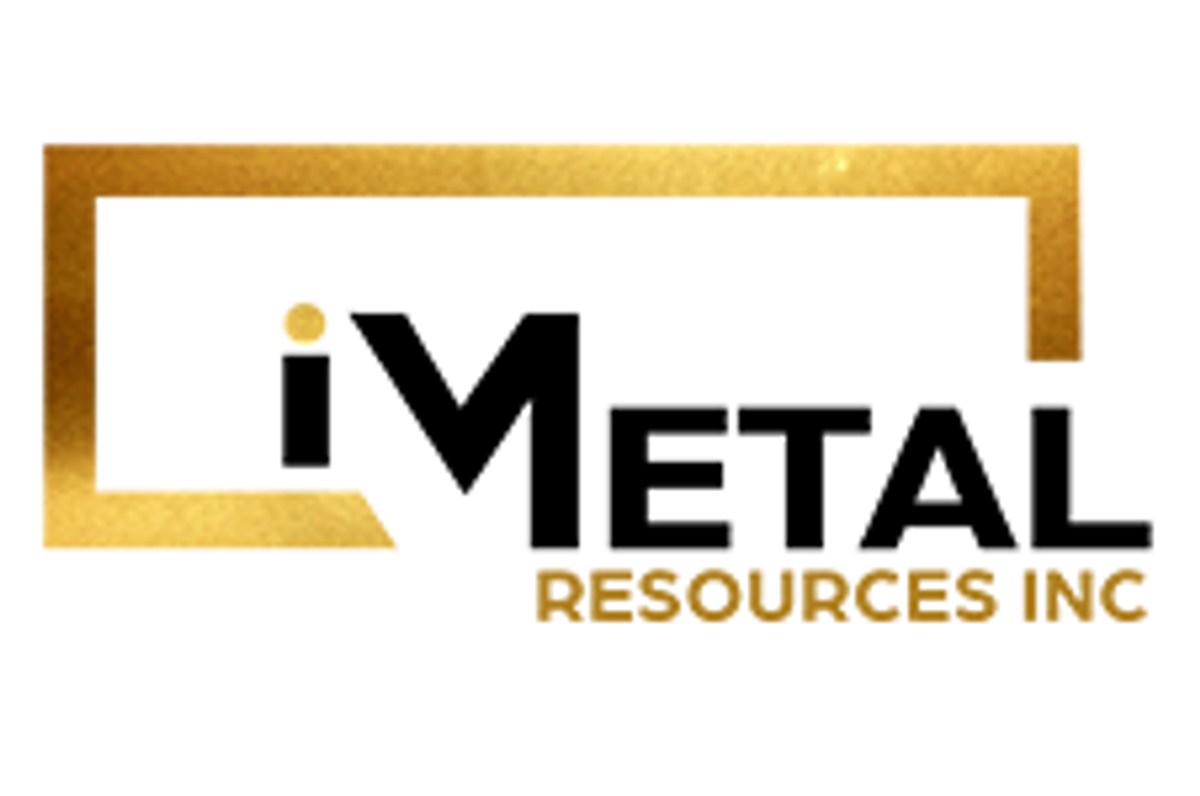
September 15, 2024
Piche Resources Limited (ASX: PR2) (“Piche” or the “Company”), is pleased to announce the commencement of a reverse circulation drilling programme on its Ashburton project in Western Australia. The project area is located approximately 140km to the west-southwest of Newman in the Ashburton region of Western Australia (Figure 1).
HIGHLIGHTS
- Following completion of all relevant approvals, a reverse circulation drill rig has been mobilised to commence work on the Angelo prospect within Piche’s Ashburton project.
- Diamond drill rig will also be mobilised to site later in the month.
- Drilling to target Proterozoic unconformity style uranium mineralisation similar to that seen in the Pine Creek Geosyncline in Australia and the Athabasca Basin in Canada.
- The drilling programme is designed to confirm previous high grade uranium results at the Angelo A & B prospects, to test a revised model for the controls on mineralisation and extensions to the mineralisation.
- Significant historical intersections1 include:
- AR1004 10.5m @ 4,380 ppm U3O8 from 105.0 meters
- AR1009 9.0m @ 3,490 ppm U3O8 from 75.5 meters
- AR1028B 5.9m @ 3,300 ppm U3O8 from 119.0 meters
- AR1032 7.9m @ 2,530 ppm U3O8 from 95.0 meters
- Rare earth and critical metals have also been identified in the target area.
- Completion of a recent Native Title Heritage survey has enabled Piche to commence its first significant exploration programme in Australia since ASX listing on 15 July 2024.
This programme will be followed by a diamond drilling programme scheduled for later this month. The drilling programme is planned to confirm the results from previous exploration by drilling several twin holes, to test a revised model for the control of the uranium mineralisation and explore for extensions to the mineralisation identified between 1973 and 1984.
The drilling is planned at, and along strike of the Angelo A and Angelo B prospects. No exploration activities have been carried out on these prospects in the last 40 years. Piche holds three tenements totalling about 122km2 in its Ashburton Project (Figure 2).
Geology of Ashburton Project
Previous explorers focused their efforts on the unconformity between the mid Proterozoic sandstones and the early Proterozoic basement complexes.
Unconformity-related deposits constitute approximately 20% of Australia’s total uranium resources and about one-third of the western world’s uranium resources and include some of the largest and richest uranium deposits2. Minerals are uraninite and pitchblende. The main deposits occur in Canada (the Athabasca Basin, Saskatchewan and Thelon Basin, Northwest Territories); and Australia (the Alligator Rivers region in the Pine Creek Geosyncline, NT and Rudall Rivers area, WA2). In both Canada and Australia mineralisation is often found at the unconformity and in the basement complex well below the unconformity.
Uranium Mineralisation at Angelo River Prospect
Uranium mineralisation at Angelo River occurs along the Wyloo Group/Bresnahan Group contact. Two main zones of mineralisation have previously been identified: the A and B zones (Figure 3). The Lower Proterozoic Wyloo Group is represented by the Mt McGrath Formation (greywacke, shale, carbonaceous shale, sandstone, dolomite, dolomitic shale, sedimentary breccia), the Duck Creek Dolomite (dolomite, chert breccia, minor carbonaceous shale) and the Ashburton Formation (interbedded shale, mudstone, siltstone and greywacke). The Mid Proterozoic Bresnahan Group consists of medium to coarse sandstone, feldspathic sandstone and arkose.
Figure 3 shows the geology of the Angelo River Prospect. Angelo A zone mineralisation is hosted by a sequence of hematitic and/or carbonaceous shale and their brecciated equivalents, or mixed breccias containing chert, shale, sandstone and silicified dolomite fragments in a silty matrix. Most of the mineralisation at the Angelo B zone is hosted by a clay zone and is associated with iron oxide veining, although there is minor breccia-hosted mineralisation.
Piche’s Managing Director, Stephen Mann, commented:
“This project area is one of the most exciting unconformity uranium targets outside the Pine Creek Geosyncline in the Northern Territory and the Athabasca Basin in Saskatchewan Basin in Canada, two of the truly great uranium provinces in the world. Previous exploration has demonstrated that this area has all the most favourable attributes of both provinces. Additionally, historical results have highlighted the presence of high-grade uranium mineralisation in several areas within the project.
A regional review of the uranium mineralisation previously identified in the area, including geophysics (radiometrics, magnetics, electromagnetics), mapping and geochemistry suggest that the controls of the mineralisation may have been misinterpreted by previous explorers, and there remains considerable potential for the area to host very large, high-grade zones of uranium mineralisation. Piche’s focus on this upcoming drill programme will be to confirm historical drill results, and to test the revised structural model for the controls of uranium mineralisation. We currently have a programme of 2000m of reverse circulation and 1500m of diamond drilling planned, and follow-up drill programmes are already envisioned.
As each drill hole is completed it will be surveyed using a downhole gamma probe which will calculate an equivalent U3O8 concentration (eU3O8) based on the downhole gamma response. This technique is commonly used in uranium exploration and allows an early news flow of drill hole results. Drill core and drill chips with be assayed as checks, but the downhole gamma logging generally provides accurate eU3O8 grades and thicknesses. Consequently, Piche expects the first drill hole results will be available approximately two weeks after the drilling commences.
We are also pleased to have successfully recently completed a Heritage Survey with the registered Native Title party”.
Click here for the full ASX Release
This article includes content from Piche Resources, licensed for the purpose of publishing on Investing News Australia. This article does not constitute financial product advice. It is your responsibility to perform proper due diligence before acting upon any information provided here. Please refer to our full disclaimer here.
silver investinguranium investingasx stocksasx:pr2gold explorationgold investinggold stockscopper investing
PR2:AU

Sign up to get your FREE
Piche Resources Investor Kit
and hear about exciting investment opportunities.
- Corporate info
- Insights
- Growth strategies
- Upcoming projects
GET YOUR FREE INVESTOR KIT
The Conversation (0)
30 July
Piche Resources
Targeting globally significant uranium and gold discoveries in Australia and Argentina
Targeting globally significant uranium and gold discoveries in Australia and Argentina Keep Reading...
04 December
Commences Maiden RC Drilling at Cerro Chacon Gold Project
Piche Resources (PR2:AU) has announced Commences Maiden RC Drilling at Cerro Chacon Gold ProjectDownload the PDF here. Keep Reading...
06 November
$2million placement to advance Argentine exploration
Piche Resources (PR2:AU) has announced $2million placement to advance Argentine explorationDownload the PDF here. Keep Reading...
06 November
Reinstatement to Quotation
Piche Resources (PR2:AU) has announced Reinstatement to QuotationDownload the PDF here. Keep Reading...
30 October
Quarterly Appendix 5B Cash Flow Report
Piche Resources (PR2:AU) has announced Quarterly Appendix 5B Cash Flow ReportDownload the PDF here. Keep Reading...
30 October
Quarterly Activities Report
Piche Resources (PR2:AU) has announced Quarterly Activities ReportDownload the PDF here. Keep Reading...
6h
Armory Mining Announces Closing of Flow-Through Financing
(TheNewswire) THIS NEWS RELEASE IS NOT FOR DISTRIBUTION TO U.S. NEWSWIRE SERVICES OR FOR DISSEMINATION IN THE UNITED STATES Vancouver, B.C. December 19, 2025 TheNewswire - Armory Mining Corp. (CSE: ARMY) (OTC: RMRYF) (FRA: 2JS) (the "Company" or "Armory") a resource exploration company focused... Keep Reading...
18 December
More high grade gold intercepts at BMT3 in Boundiali
Aurum Resources (AUE:AU) has announced More high grade gold intercepts at BMT3 in BoundialiDownload the PDF here. Keep Reading...
18 December
Top 5 Australian Mining Stocks This Week: Taruga Minerals Climbs on Acquisition of Gold-Copper Projects
Welcome to the Investing News Network's weekly round-up of the top-performing mining stocks listed on the ASX, starting with news in Australia's resource sector.Many of this week's top stocks jumped on news of project acquisitions. Gold companies remained in the spotlight this week as precious... Keep Reading...
18 December
John Feneck: Gold, Silver in 2026, Plus 9 Stocks I'm Bullish on Now
John Feneck, portfolio manager and consultant at Feneck Consulting, shares his thoughts on silver's price breakout, as well as potential triggers for gold's next move up. He also discusses stocks he's watching in sectors like gold, silver and "special situations."Don't forget to follow us... Keep Reading...
18 December
iMetal Resources Completes Flow-Through Financing
iMetal Resources Inc. (TSXV: IMR,OTC:IMRFF) (OTCQB: IMRFF) (FSE: A7VA) ("iMetal" or the "Company) announces that has closed its non-brokered private placement (the "Offering") of flow-through units (each, an "FT Unit"). In connection with closing, the Company has issued 4,160,777 FT Units, at a... Keep Reading...
17 December
Inside West Africa’s Expanding Gold Exploration and Investment Landscape
Faced with declining reserves in mature mining jurisdictions, gold producers and explorers are shifting their attention toward regions offering scale, geological upside and room for new discoveries. West Africa is increasingly filling that role. Stretching from Senegal to Ghana, the region has... Keep Reading...
Latest News

Sign up to get your FREE
Piche Resources Investor Kit
and hear about exciting investment opportunities.
- Corporate info
- Insights
- Growth strategies
- Upcoming projects
GET YOUR FREE INVESTOR KIT
Interactive Chart
Latest Press Releases
Related News
TOP STOCKS
American Battery4.030.24
Aion Therapeutic0.10-0.01
Cybin Corp2.140.00







